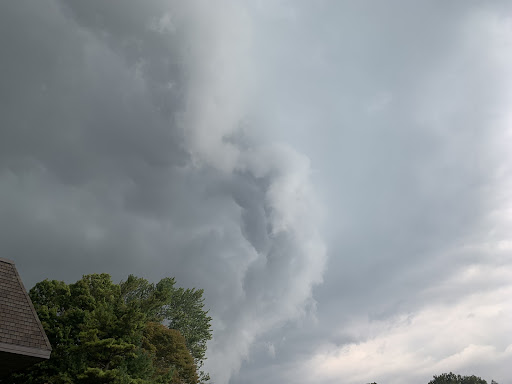Pro
May 11, 2016
Losing open campus privileges may prove an inconvenience, but it could also be key for keeping students safe.
Just eight months ago, an armed robbery in Detroit turned into a high-speed chase that ended in our parking lot. From there, the suspects abandoned their car and fled on foot.
Luckily, school was not in session that day, but it did start five weeks later. Imagine returning to class from lunch and witnessing three armed men jump from their car in front of you.
While it is true that armed robbery suspects don’t end up in our parking lot every day, it happened once, and it can again. Even though a closed campus won’t prevent that, it will certainly allow everyone to be safer if such an event suddenly occurred.
A closed campus would do more than help keep students out of harm’s way in lockdown situations. It will also stop the frenzied rushes in the parking lot during lunch.
With only 36 minutes, students often rush on their way out and when coming back to get to their classes on time. This harried pace can lead to reckless driving and accidents. However, if students have to stay at school for lunch, this will no longer be a problem.
Ending open campus privileges will also indirectly benefit food sales at the school. If students are not able to leave campus to buy food, they will either bring their own or buy what the school provides. This will improve support for the school store, Student Union and any groups hosting bakes sales. Superintendent Gary Niehaus even proposed having cooking or baking classes sell food during lunch as an additional source of food options for students.
Closing the campus should also decrease the number of fourth and fifth hour tardies. According to Assistant Principal Tom Beach, behind first hour, students are late to their fourth and fifth hours the most.
Without considering these potential benefits, one may only see the drawbacks to a closed campus. One of the main concerns critics have about closing the campus is that there is not enough room to house over 1,300 students in the cafeteria.
However, by the end of the 2014-15 school year, there had been five closed lunches in response to bomb threats. Therefore, size should not be a concern.
If space is really a concern, there are several solutions to such a problem, including making more room or adding additional lunch periods. Since the Board’s current plan will take four years before the entire school has a closed campus, there is plenty of time to take care of any housing issues.
Although sticking with an open-campus system would be the easier choice, it may not be the right one in the end. The question at hand is not one of simplicity, but one of security. And that security simply cannot be guaranteed for students under the current policy.












